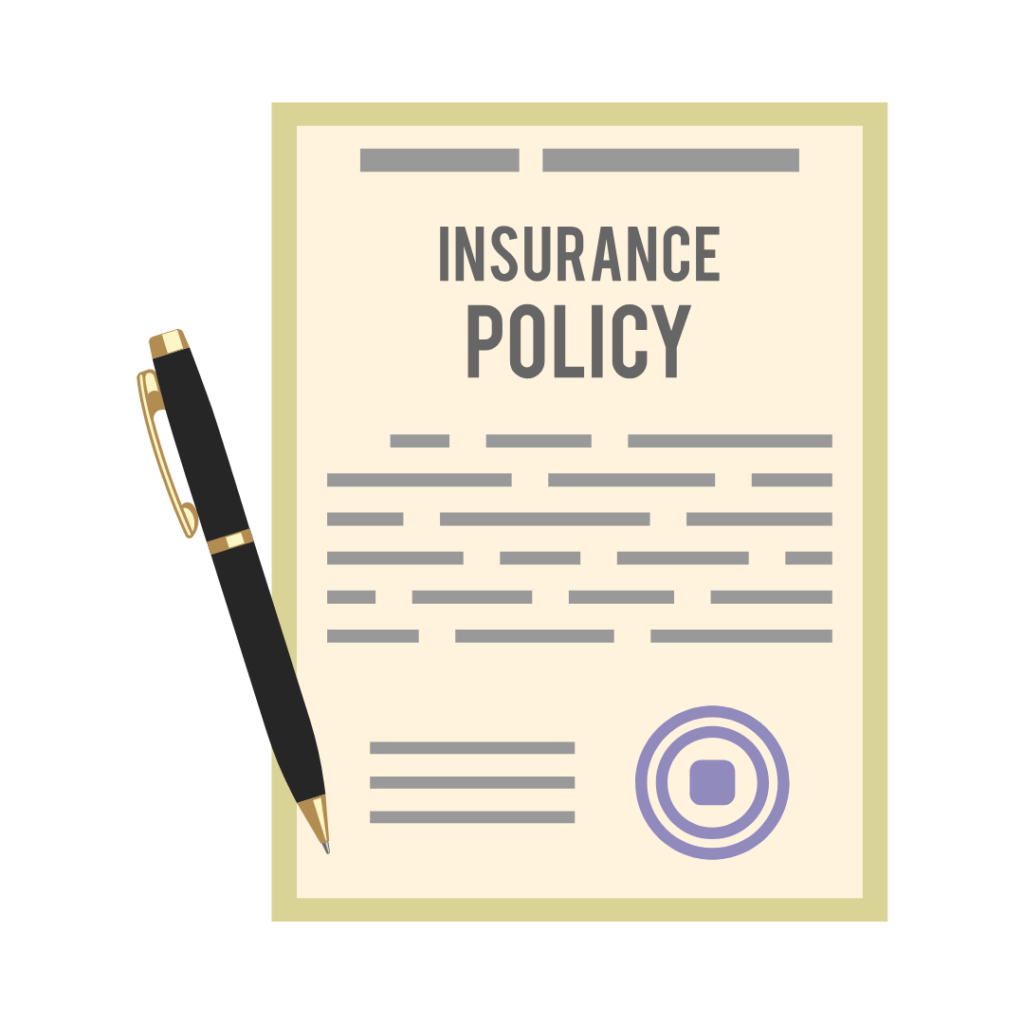Homeowners insurance combines several types of coverage to protect you in a variety of situations. You can’t select individual categories—homeowners insurance includes six essential components that are all required, which we’ll break down below.
However, based on factors like your belongings, home type, and financial flexibility, you can adjust the coverage levels in each category. This lets you customize a plan that meets your needs while keeping costs manageable.
What Are the Exclusions of Homeowners Insurance?
Typically, homeowners insurance covers damages to your house and your belongings from such events as fires and theft and most of the natural disasters, such as tornadoes or hail. It might also protect you from being liable if someone is injured in your business or if you accidentally damaged another person property.

Because coverage varies from policy to policy, it’s best to review your specific plan with your issuer to find out which choices are and are not covered. Having homeowners insurance should be an essential part of protecting yourself (and your investment), and ensures that you can at least pay for your damages when things begin to go wrong.
Determining the Right Amount of Homeowners Insurance
How much homeowners insurance coverage you need generally comes down to three main factors:
1. Asset Protection
The amount they need to pay for out of pocket when an incident happens depends on the level of premium they are picking. With a solid financial buffer, you may choose a lower premium with less coverage or increased deductible. Also, if you have a lot of assets that could be vulnerable in a lawsuit, a high level of liability insurance can be a great idea for protecting assets in a lawsuit.
2. Lender Requirements
When you have a mortgage, your mortgage requiring you to have homeowners insurance. Often, the minimum coverage needs to be equal to the mortgage amount so that if the home is burned down to a total loss, the lender can collect the remaining mortgage. Going for extra coverage will make sure that both you and the lender are safe.
3. Policy Requirements
Depending on the geographic location of your domicile, your homeowners insurance policy can also require certain other coverages, such as flood insurance (in case you live in a flood zone) by your insurance provider.
Types of Homeowners Insurance Coverage
Homeowners insurance typically includes four main types of coverage, which can be further categorized into six distinct areas. Your insurance premium is based on the levels of coverage you select in each of these areas.
1. Property Damage
This covers the cost of repairing your home if it’s damaged by incidents like fire, wind, or hail, minus your deductible. Note that damage from events such as floods or earthquakes is generally excluded from standard policies and may require separate coverage.
Property damage coverage is divided into three parts:
- Coverage A: This is the most crucial part, covering your home’s core structure, including walls, roof, flooring, cabinets, and fixed appliances. Essentially, anything that wouldn’t fall out if your home were turned upside down is considered part of Coverage A. Policies vary, so check if yours includes a “broad” or “all perils” form (though “all perils” doesn’t mean it covers everything). Routine wear and tear, old age, and issues like termite damage are typically excluded, though resulting water damage may be covered in some cases.
- Coverage B: This applies to “other structures” on your property that aren’t attached to your home, such as sheds, fences, or detached garages. If you add something valuable, like a new garage, be sure to adjust this coverage. This coverage often gets overlooked, but it’s essential if you have expensive structures beyond your main home.
- Coverage C: This covers personal belongings like furniture, electronics, and clothing. However, policies often place limits on specific categories, like jewelry or collectibles, especially if they’re stolen. For expensive items, consider adding separate coverage so they’re fully protected. Without additional coverage, you might face limits as low as $1,000 for certain valuables in case of loss.
2. Additional Living Expenses (Coverage D)
This coverage helps pay for temporary living costs if your home becomes uninhabitable due to damage from a covered event. For example, if your home is under repair after a fire or you’re ordered to evacuate, this coverage can help with housing and some meal expenses. Keep in mind, though, that reimbursement is limited to “reasonable expenses” based on your home’s insured value. For instance, a higher-value home might allow for a more comparable rental while repairs are underway.
3. Personal Liability (Coverage E)
Personal liability coverage protects you if someone sues you for injuries or property damage they sustained at your home. It covers legal defense costs and any judgment amounts up to your policy’s limit. For instance, if your dog bites a guest or you accidentally damage a neighbor’s property, this coverage can help. However, it won’t apply to auto accidents or incidents related to a business operated from your home.
4. Medical Payments (Coverage F)
This part of your policy covers medical expenses for people accidentally injured on your property, even if they don’t sue. It’s intended for minor medical claims, such as if a guest trips on your walkway and needs stitches. Coverage applies only to guests and not to household members or for intentional injuries.
Difference Between Replacement Value and Actual Cash Value
Insurance companies determine how they will reimburse you to settle a claim in one of two ways, replacement value or actual cash value.
Replacement Value
Replacement value is how much it would cost to get something back to the condition it was in prior to damage, using comparable quality material or components. For example, if you break a large bay window, replacement value means you’re insurer would pay to install another window of the same size, type and quality. Likewise, had your couch been burned in a house fire, replacement value would have replaced your couch with one of similar style and quality.
Actual Cash Value
By contrast, actual cash value considers depreciation. This way, the insurance company compensates you according to the value of the item when it was damaged. Instead, an actual cash value policy would pay to replace the bay window or the couch, minus the depreciation, resulting in a lower payout because these items lose value as they age.
With some policies, they will pay only the actual cash value at first and will pay you the rest once you have replaced it and send in the receipt.
Final Word
It might be time to check on your homeowners policy. Speaking of, it may be worth time to make sure your coverage comes in line with the current state of your home and what value you have in your belongings. Another option to look for is the coverage for valuables such as jewelry.

